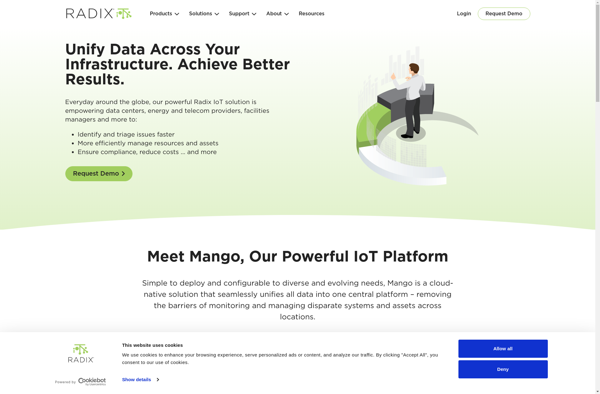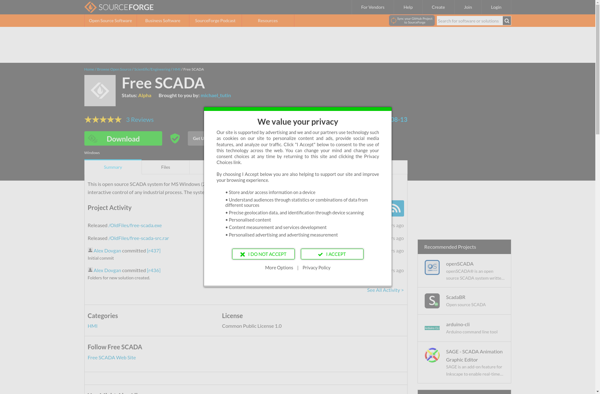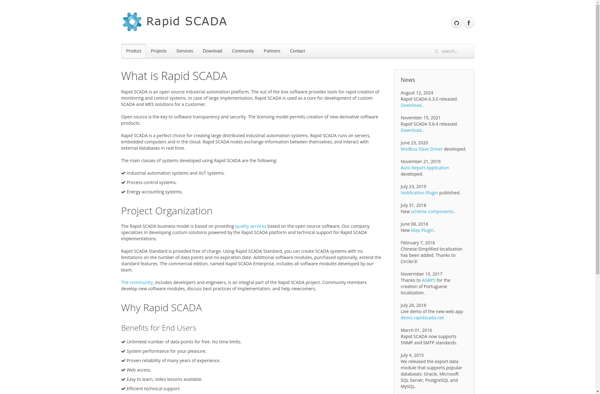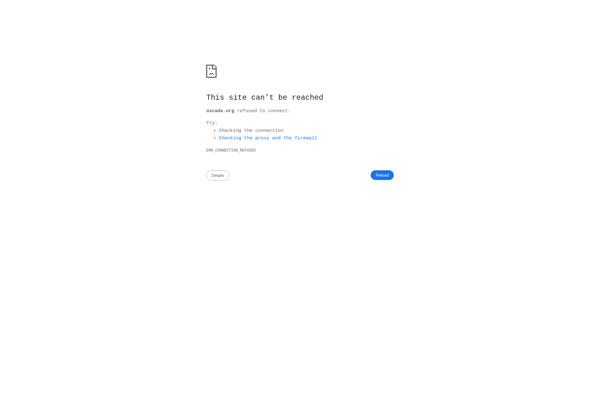Mango OS

Mango OS: Lightweight Linux OS for Simplified Performance
Discover Mango OS, a Linux-based operating system designed for efficiency, customization, and speed on old or low-powered hardware.
What is Mango OS?
Mango OS is a Linux distribution developed by the Mango OS Foundation, a non-profit organization. It aims to provide a fast, intuitive, and customizable user experience.
At the core, Mango OS uses a lightweight Linux kernel optimized for responsiveness. The default desktop environment is based on the Xfce project but with various customizations and enhancements. This allows Mango OS to run well on older and less powerful hardware while still providing a modern graphical interface.
Some key features of Mango OS include:
- App Store for easy software installation and updates
- Theming support - Make the OS look the way you want
- Enhanced privacy and security settings
- Family Controls to manage children's computer use
- Optimized for web browsing, media, and everyday tasks
The Mango OS interface focuses on simplicity. Common configuration options are exposed in easy-to-access menus. There is also more advanced customization available for experienced Linux users. Overall it aims to provide a good balance of usability and flexibility.
Mango OS releases follow a rolling release model - new versions are pushed out continuously rather than at major version launches. This allows the OS to always stay up-to-date. The developers are highly responsive to user feedback and regularly refine and enhance the experience.
Mango OS Features
Features
- Lightweight desktop environment
- Optimized for old and low-powered hardware
- Emphasis on simplicity and efficiency
- Customizable user interface
- Built-in productivity tools
- Secure and privacy-focused
Pricing
- Open Source
Pros
Cons
Official Links
Reviews & Ratings
Login to ReviewThe Best Mango OS Alternatives
Top Os & Utilities and Operating Systems and other similar apps like Mango OS
Here are some alternatives to Mango OS:
Suggest an alternative ❐FreeSCADA

Rapid SCADA

OpenSCADA
